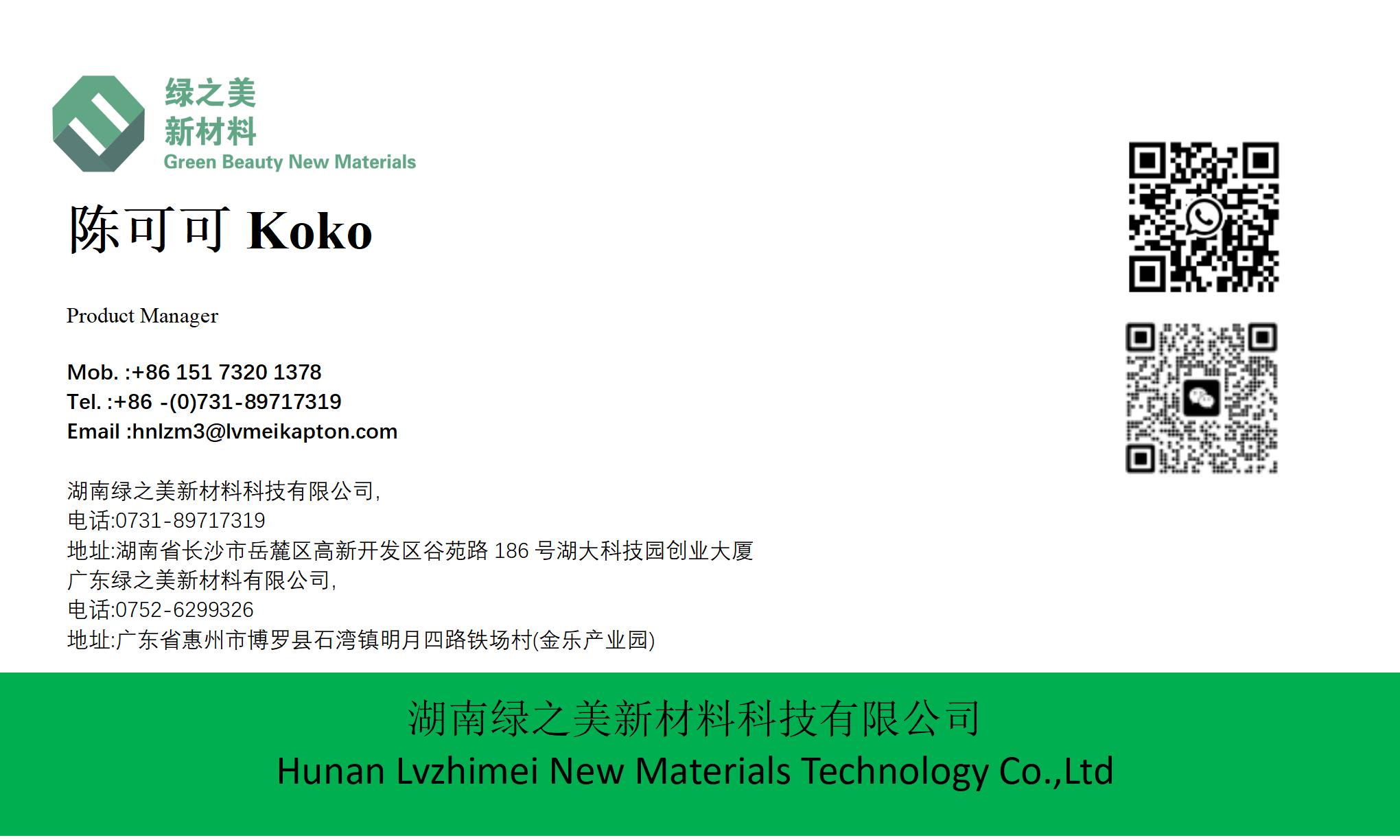



Why the FlexPCB Boom is Sparking a Revolution in PI Tape Formulations | https://www.lvmeikapton.com/
The rapid growth of the flexible printed circuit board (FlexPCB) market is not only transforming the electronics industry but also triggering a significant revolution in the formulations of polyimide (PI) tapes, a critical component in their manufacturing. Understanding why this is happening provides valuable insights into the evolving demands and challenges of the FlexPCB sector.
One of the primary drivers behind the changes in PI tape formulations is the increasing complexity and performance requirements of FlexPCBs. As electronic devices become more advanced, with higher processing power and faster data transmission, FlexPCBs must meet stringent standards for thermal management, mechanical durability, and electrical performance. PI tapes, being essential for insulating and protecting these circuits, need to evolve to meet these demands.
Thermal management is a critical factor. FlexPCBs often operate in environments with high heat generation, such as in smartphones, laptops, and automotive electronics. Traditional PI tape formulations may not provide adequate thermal resistance, leading to potential performance degradation or failure. Therefore, new PI tape formulations are being developed with enhanced thermal conductivity and stability, ensuring that FlexPCBs can operate efficiently and reliably in high-temperature conditions.
Mechanical flexibility is another key area of focus. FlexPCBs are designed to bend, twist, and conform to various shapes, making them ideal for applications in wearable technology, medical devices, and aerospace. To support these applications, PI tapes are being formulated to offer greater flexibility and resilience. This includes the development of thinner and more pliable tapes that can withstand repeated mechanical stress without compromising their protective properties.
Electrical performance is also a significant consideration. As FlexPCBs become more densely packed with components and circuits, the need for superior electrical insulation and signal integrity becomes paramount. New PI tape formulations are designed to provide enhanced dielectric properties, minimizing signal loss and interference. This is crucial for ensuring the high-speed and high-frequency performance required by modern electronic devices.
Adhesive technology is advancing in response to the demands of FlexPCB manufacturing. PI tapes must adhere securely to the PCB without affecting its flexibility or electrical properties. New formulations offer improved adhesion to a wide range of substrates, ensuring reliable bonding throughout the manufacturing and operational life of the FlexPCB.
Furthermore, the growing emphasis on sustainability is influencing PI tape formulations. As environmental concerns increase, there is a rising demand for eco-friendly materials and processes. This includes the development of PI tapes that use biodegradable or recyclable components, as well as manufacturing processes that minimize waste and energy consumption.
In addition, the trend towards miniaturization in electronics is driving the need for thinner and more precise PI tapes. As devices become smaller and more powerful, FlexPCBs must be designed with higher circuit density and smaller component sizes. PI tapes that are thinner and more accurately applied are essential for achieving these design goals.
In conclusion, the FlexPCB boom is sparking a revolution in PI tape formulations due to the increasing demands for thermal management, mechanical flexibility, electrical performance, adhesive reliability, sustainability, and miniaturization. As the FlexPCB market continues to expand and evolve, the development of advanced PI tape formulations will play a crucial role in enabling the next generation of flexible electronics.





